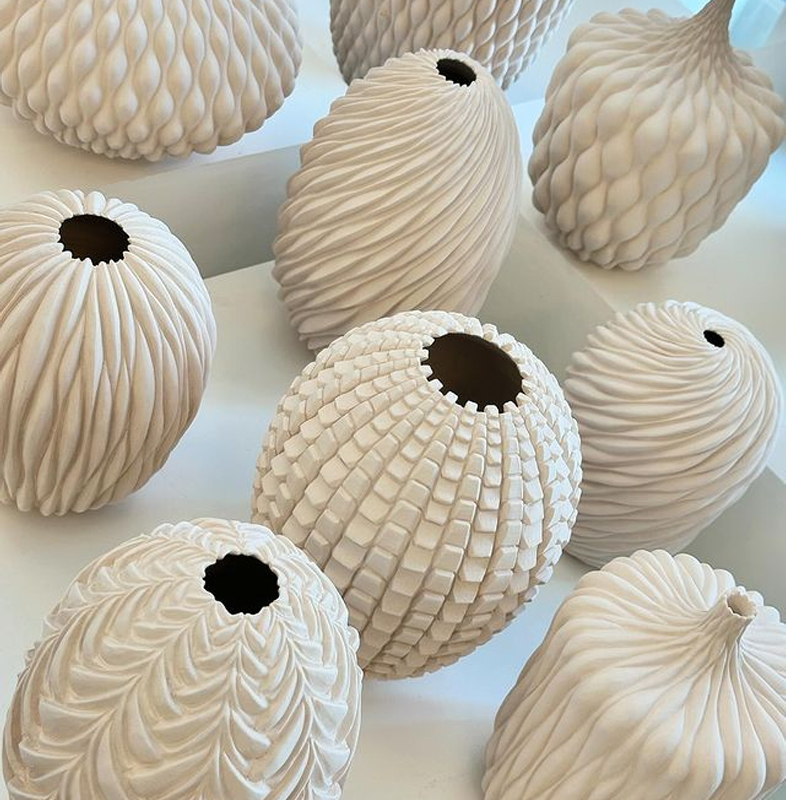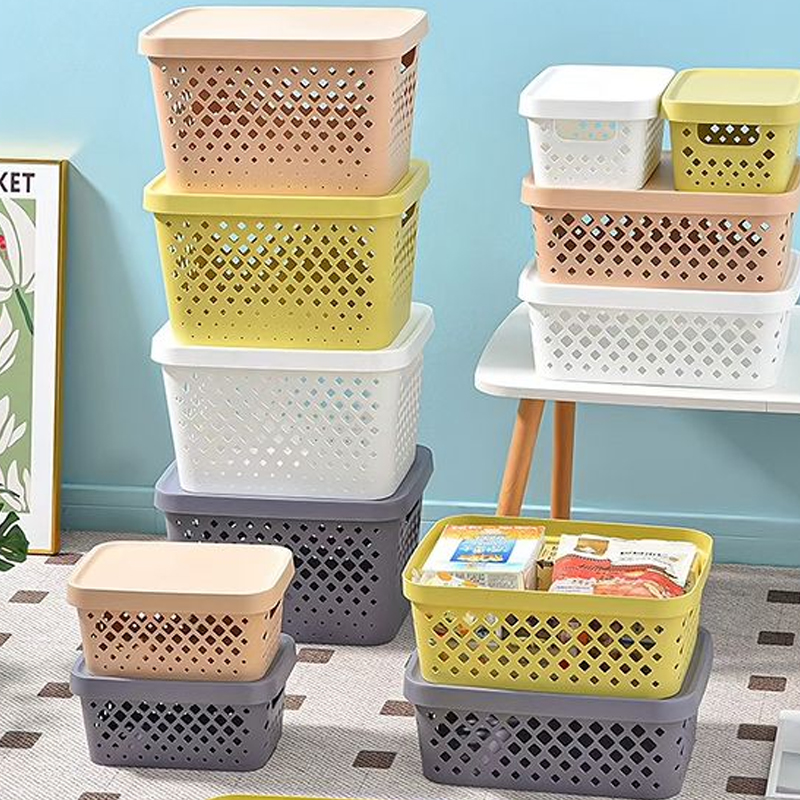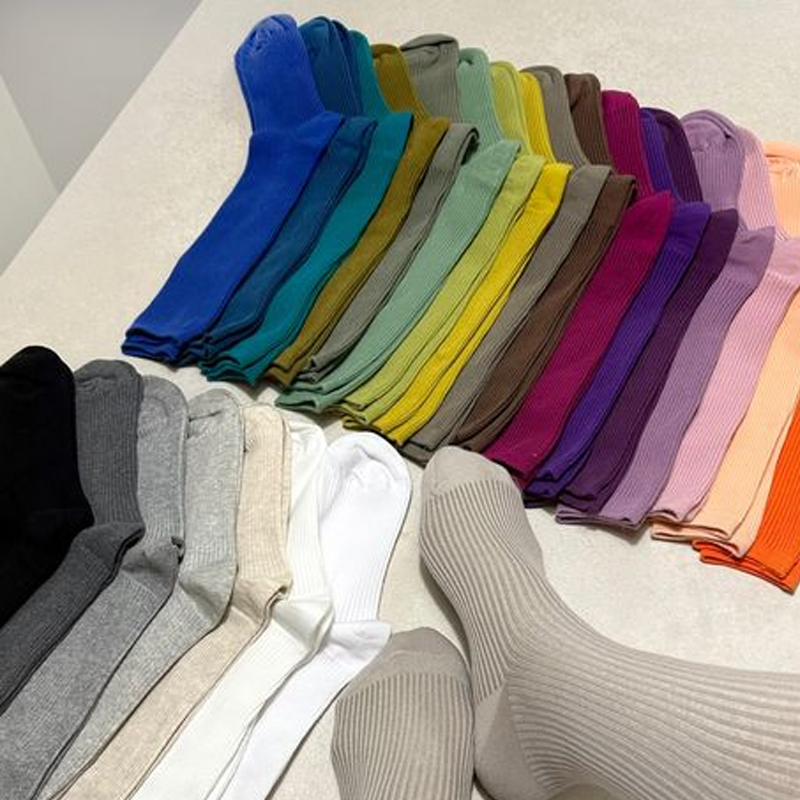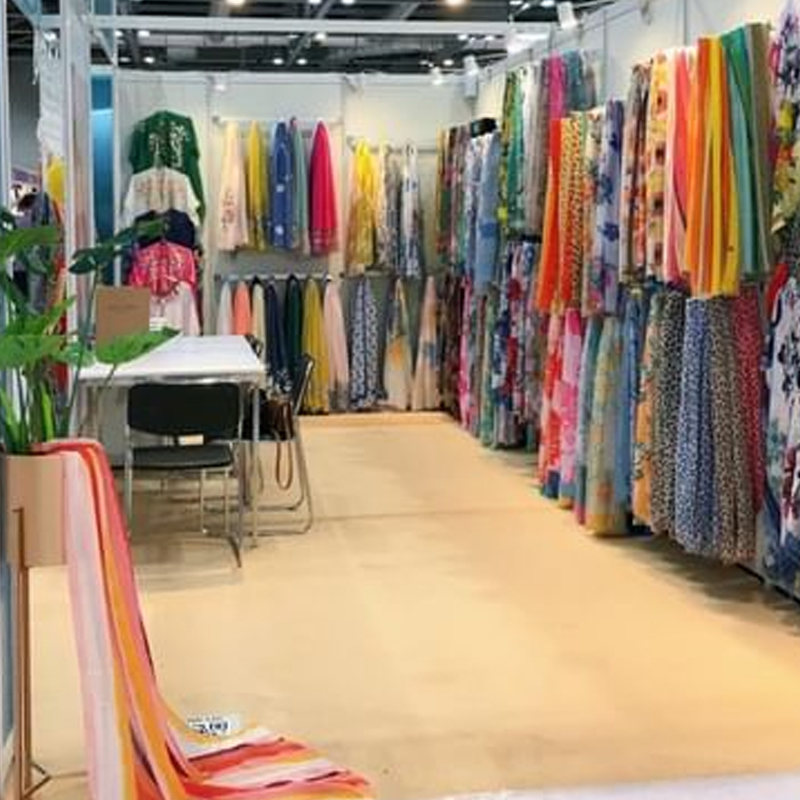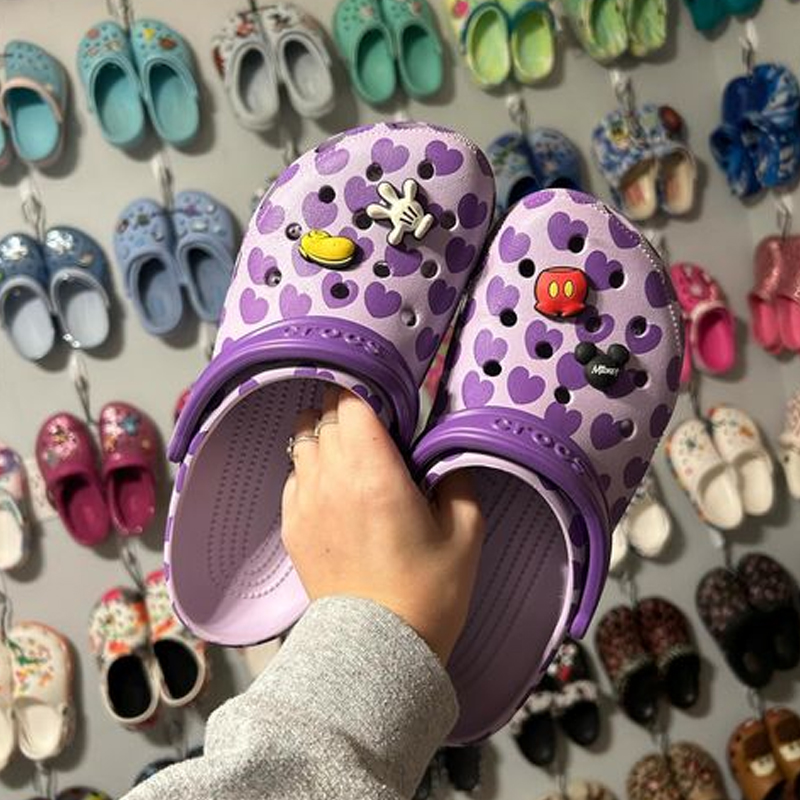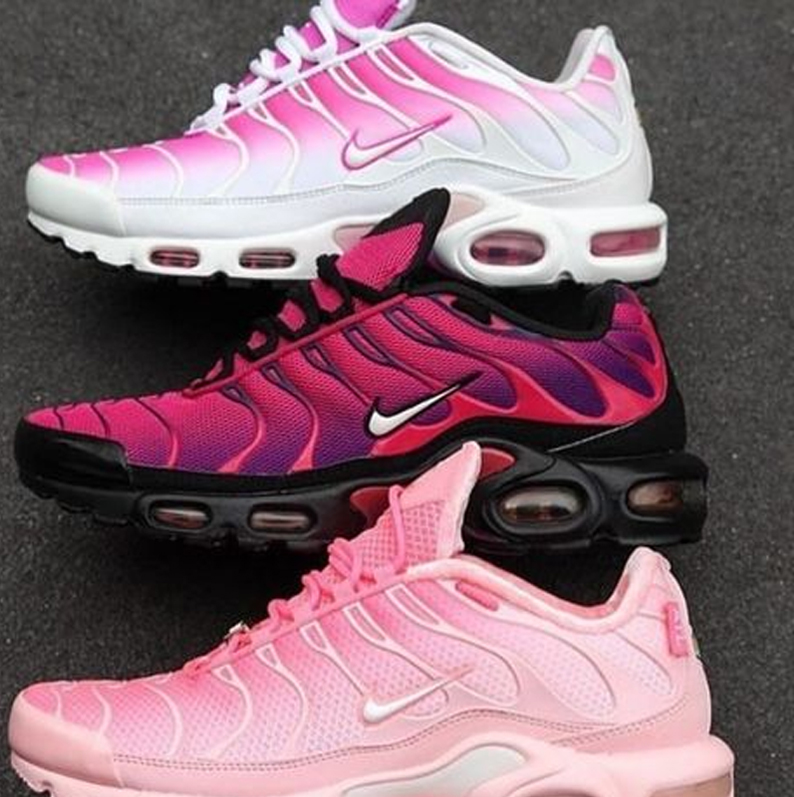Ever wondered where your favorite pair of Crocs comes from? This article takes you on a fascinating journey through the global manufacturing locations of Crocs footwear. We’ll explore the countries where Crocs are made, the innovative Croslite material, and the intricate supply chain that brings these comfortable shoes to your doorstep. Whether you’re curious about the “Made in China” label or interested in Crocs’ sustainability efforts, this comprehensive guide has got you covered.
Key Takeaways: Crocs’ Global Manufacturing Footprint
- Crocs are manufactured in multiple countries, including China, Vietnam, Mexico, Italy, and Bosnia
- The company’s proprietary Croslite material is key to their production process
- Crocs has implemented various sustainability initiatives across its global supply chain
- The brand balances in-house production with strategic outsourcing partnerships
- Quality control measures are strictly enforced across all manufacturing locations
Where Did Crocs Originate? A Brief History
Crocs, the iconic foam clogs that have taken the world by storm, were founded in 2002 in Boulder, Colorado. The company’s headquarters are now located in Broomfield, Colorado. Originally designed as a boating shoe, Crocs quickly gained popularity for their comfort and versatility.
The first Crocs were manufactured in Canada, but as demand grew, the company expanded its production to various countries around the globe. This expansion was crucial in meeting the growing global demand and optimizing production efficiency.
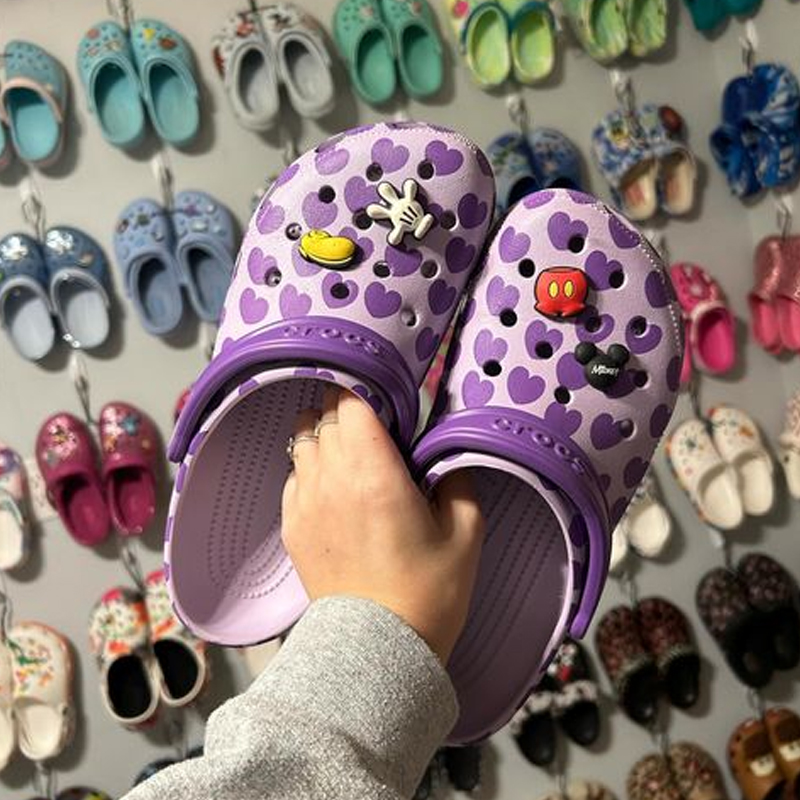
What is Croslite? The Secret Behind Crocs’ Comfort
At the heart of every pair of Crocs is Croslite, a proprietary closed-cell resin material. This revolutionary foam isn’t just comfortable; it’s also odor-resistant, lightweight, and non-marking. The Foam injection molding process used to create Crocs allows for efficient production and consistency in quality.
Croslite is a key factor in Crocs’ success, setting them apart in the footwear industry. The material’s unique properties have allowed Crocs to offer various customization options while maintaining the comfort they’re known for.
Made in China: The Primary Hub of Crocs Production
China plays a significant role in Crocs’ global manufacturing strategy. Many of the company’s factories are located in China, leveraging the country’s well-established manufacturing infrastructure and skilled workforce.
However, it’s important to note that “Made in China” doesn’t mean lower quality. Crocs maintains strict quality control measures across all its production facilities, ensuring that shoes made in China meet the same high standards as those produced elsewhere.
Vietnam Factories: A Growing Manufacturing Base for Crocs
In recent years, Vietnam has become an increasingly important manufacturing location for Crocs. The country’s factories offer competitive labor costs and a growing expertise in footwear production.
Crocs’ expansion into Vietnam is part of its strategy to diversify its manufacturing base and optimize its global logistics. This move has helped the company to increase its production capacity while managing costs effectively.
How Does Crocs’ Mexico Manufacturing Contribute to North American Supply?
Crocs’ manufacturing facilities in Mexico play a crucial role in supplying the North American market. The proximity to the United States allows for quicker turnaround times and reduced shipping costs, enhancing the efficiency of Crocs’ supply chain for this region.
Mexican production also helps Crocs navigate import regulations more effectively for the North American market. This strategic location is part of Crocs’ efforts to optimize its global logistics and improve its responsiveness to market demands.
Italy Production: Crocs’ Foray into European Manufacturing
While less prominent than its Asian manufacturing bases, Crocs does have production facilities in Italy. These facilities primarily focus on producing higher-end lines and collaborations, leveraging Italy’s renowned expertise in fashion and footwear.
Italian production allows Crocs to tap into local design talent and maintain a presence in the European market. It’s an example of how Crocs adapts its manufacturing strategy to different markets and product lines.
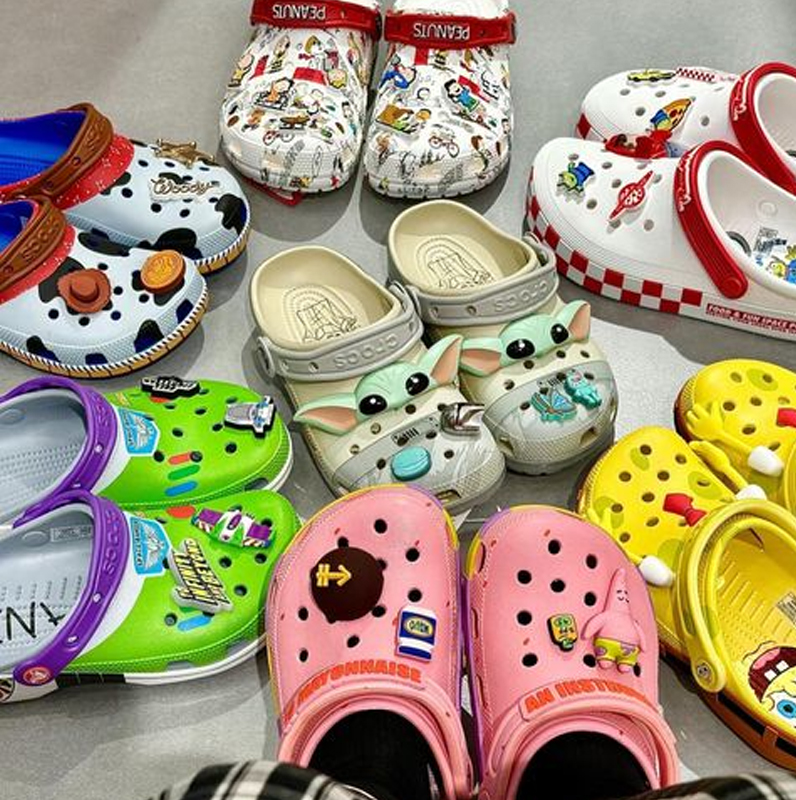
Bosnia Facilities: Expanding Crocs’ European Footprint
Crocs’ manufacturing facilities in Bosnia represent part of the company’s expansion in Europe. These facilities help to serve the European market more efficiently, reducing shipping times and costs.
The Bosnia facilities also demonstrate Crocs’ commitment to diversifying its manufacturing base and supporting economic development in different regions. This expansion aligns with footwear industry trends towards more localized production.
How Does Crocs Ensure Ethical Manufacturing Across Its Global Facilities?
Crocs is committed to ethical manufacturing practices across its global production network. The company has implemented a comprehensive code of conduct that all manufacturing partners must adhere to, covering areas such as labor practices, workplace safety, and environmental responsibility.
Regular audits are conducted to ensure compliance with these standards. Crocs also participates in industry initiatives aimed at improving working conditions and sustainability in the footwear industry.
What Are Crocs’ Sustainability Efforts in Manufacturing?
Sustainability is an increasingly important focus for Crocs. The company has implemented various initiatives to reduce its environmental impact across its supply chain. These efforts include:
- Improving energy efficiency in manufacturing facilities
- Reducing waste in the production process
- Exploring more sustainable raw material sourcing options
- Implementing water conservation measures in factories
Crocs has also set ambitious goals for reducing its carbon footprint, aiming to become a net zero company by 2030.

Crocs’ Global Supply Chain: Balancing In-House Production and Outsourcing
Crocs operates a complex global supply chain that balances in-house production with strategic outsourcing partners. This approach allows the company to maintain control over key aspects of production while also benefiting from the expertise and capacity of external manufacturers.
The company’s distribution centers are strategically located around the world to efficiently serve different markets. This global network enables Crocs to respond quickly to changes in demand and maintain a competitive edge in the fast-paced footwear market.
| Manufacturing Location | Primary Market Served | Key Products |
|---|---|---|
| China | Global | Wide range of Crocs styles |
| Vietnam | Asia-Pacific, Global | Classic Clogs, Sandals |
| Mexico | North America | Various styles for North American market |
| Italy | Europe, High-end Global | Premium lines, Collaborations |
| Bosnia | Europe | Various styles for European market |
The Future of Crocs Manufacturing: Adapting to Industry Trends
As the footwear industry evolves, Crocs continues to adapt its manufacturing strategies. Some key footwear industry trends influencing Crocs’ future manufacturing plans include:
- Increased focus on sustainability and circular economy principles
- Growing demand for personalized and customized products
- Adoption of advanced manufacturing technologies like 3D printing
- Shift towards more localized production to serve regional markets
Crocs is well-positioned to navigate these trends, thanks to its flexible manufacturing model and commitment to innovation.
“Our global manufacturing network allows us to be nimble and responsive to market demands while maintaining the high quality our customers expect from Crocs.” – Andrew Rees, CEO of Crocs
Conclusion: The Global Footprint of Crocs Manufacturing
From its humble beginnings in Colorado to its current status as a global footwear phenomenon, Crocs has built a diverse and efficient manufacturing network spanning multiple continents. The company’s ability to balance production across various countries – from China and Vietnam to Mexico, Italy, and Bosnia – has been key to its success.
As we’ve explored in this article, Crocs’ manufacturing strategy goes beyond just making shoes. It encompasses innovative materials like Croslite, a commitment to ethical practices and sustainability, and a constant drive to improve efficiency and respond to market trends.
Whether you’re slipping on a pair of classic clogs made in China or sporting a limited-edition collaboration produced in Italy, you’re wearing the result of a complex, global manufacturing process. As Crocs continues to evolve and expand, its global manufacturing footprint will undoubtedly play a crucial role in shaping the future of this iconic brand.

